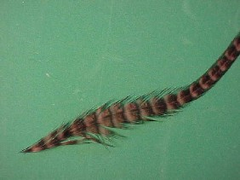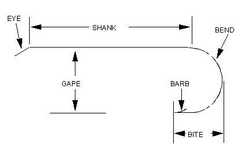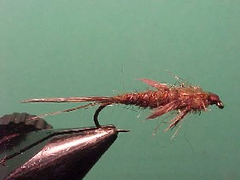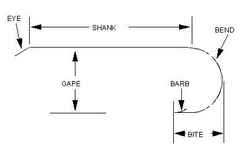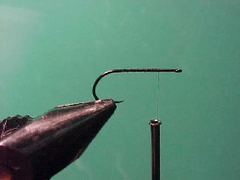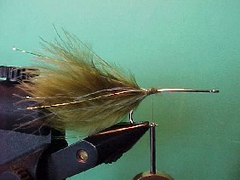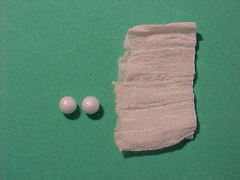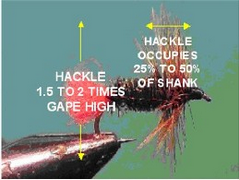Articulated popper head
Poppers are a bit harder to cast than a normal fly because of the wind resistance but if you slow your cast down a little I’m sure you’ll soon get the hang of it. Once you do you have another tool in your arsenal which is useful in three diverse situations:


